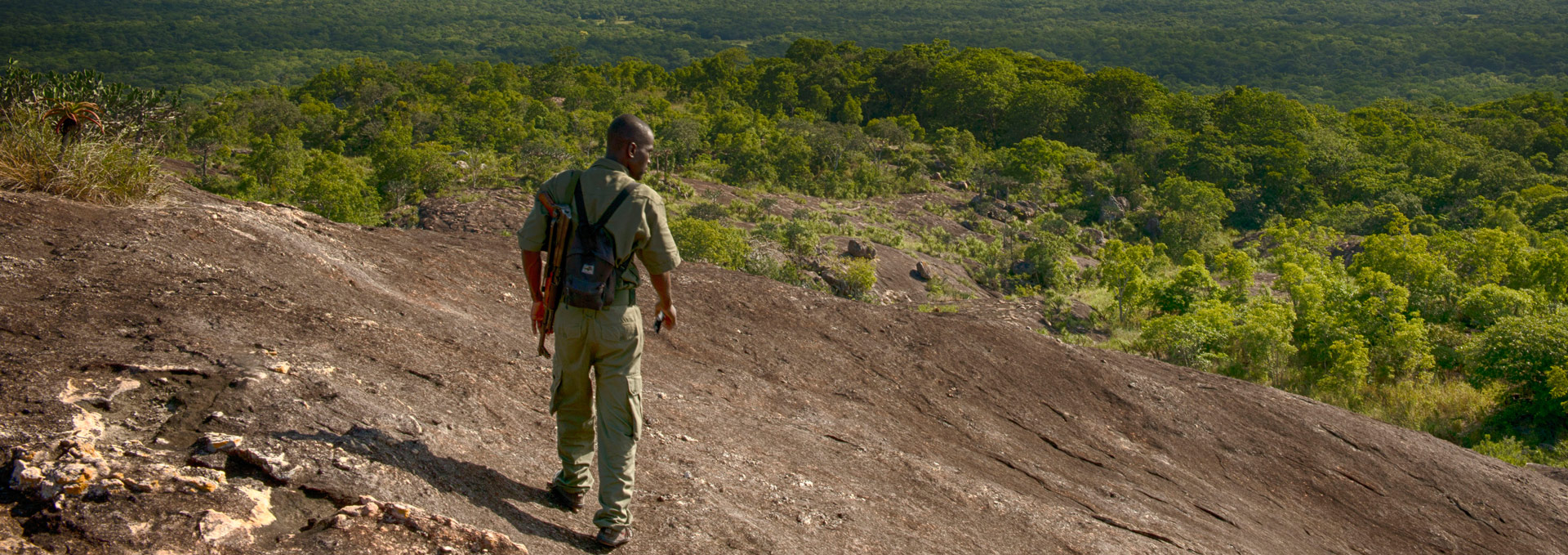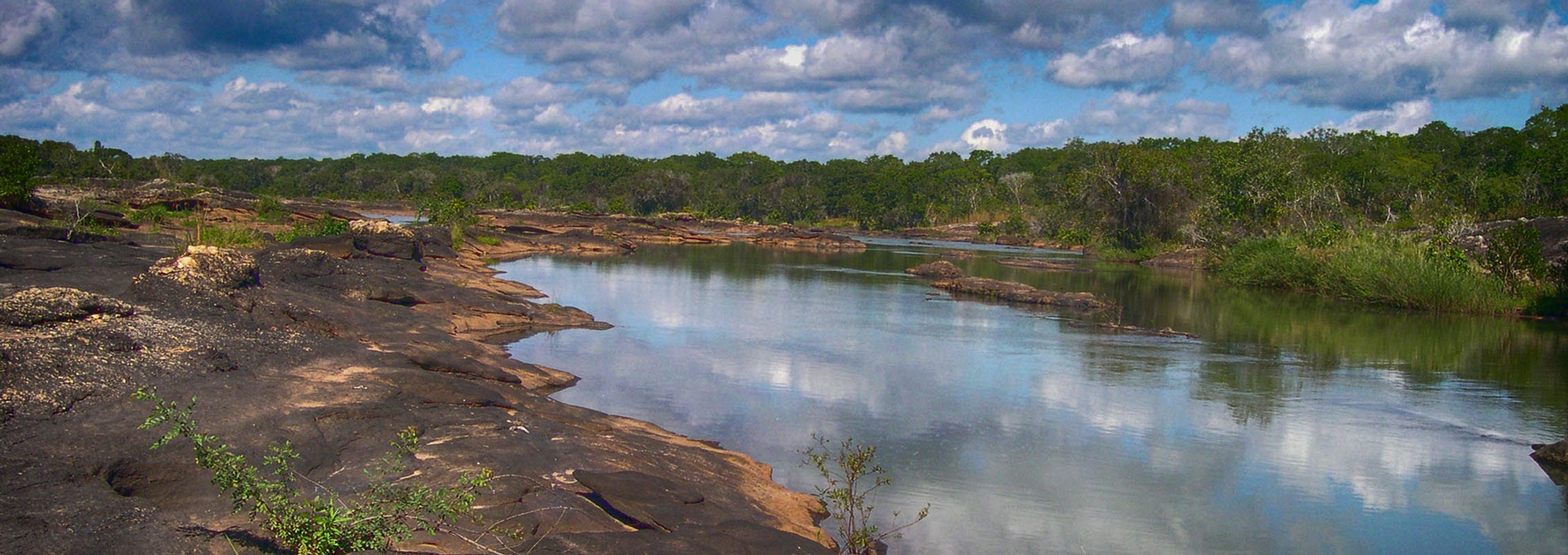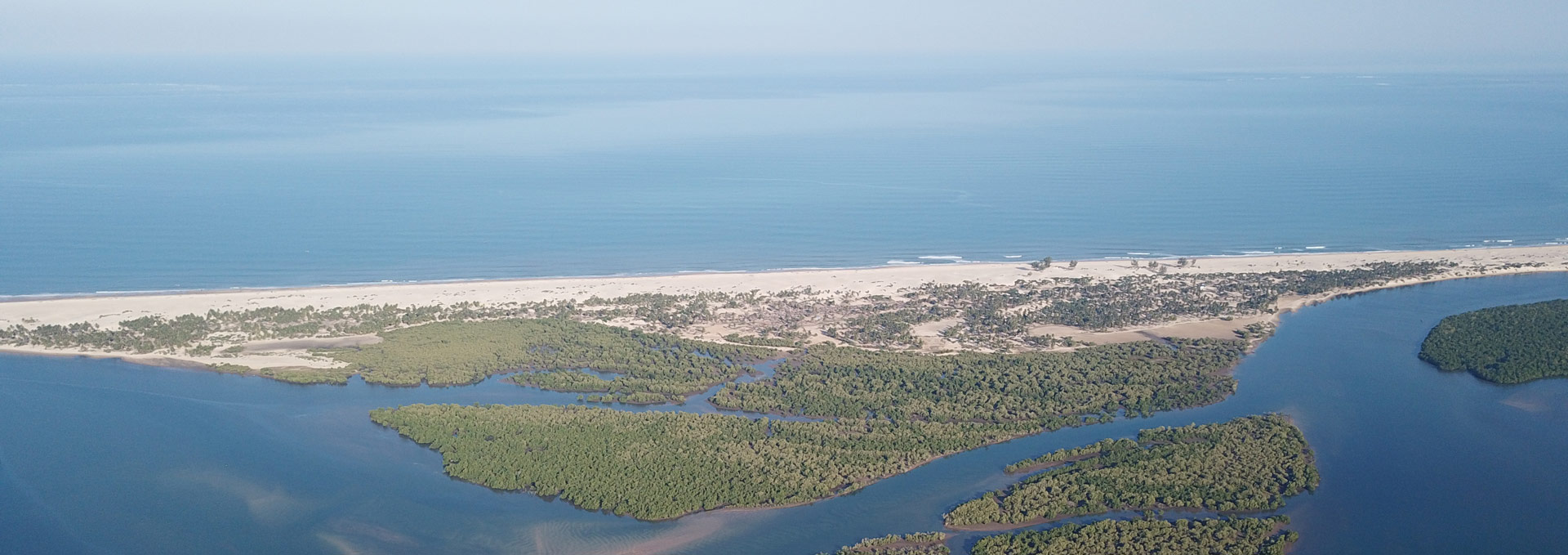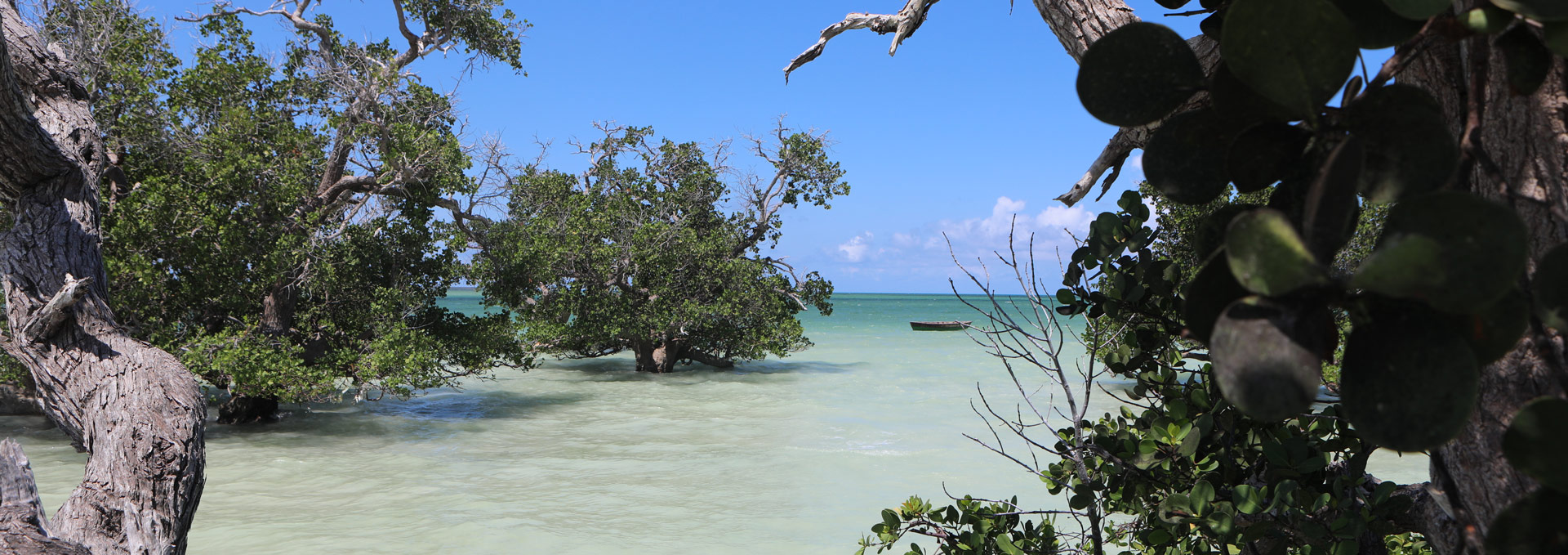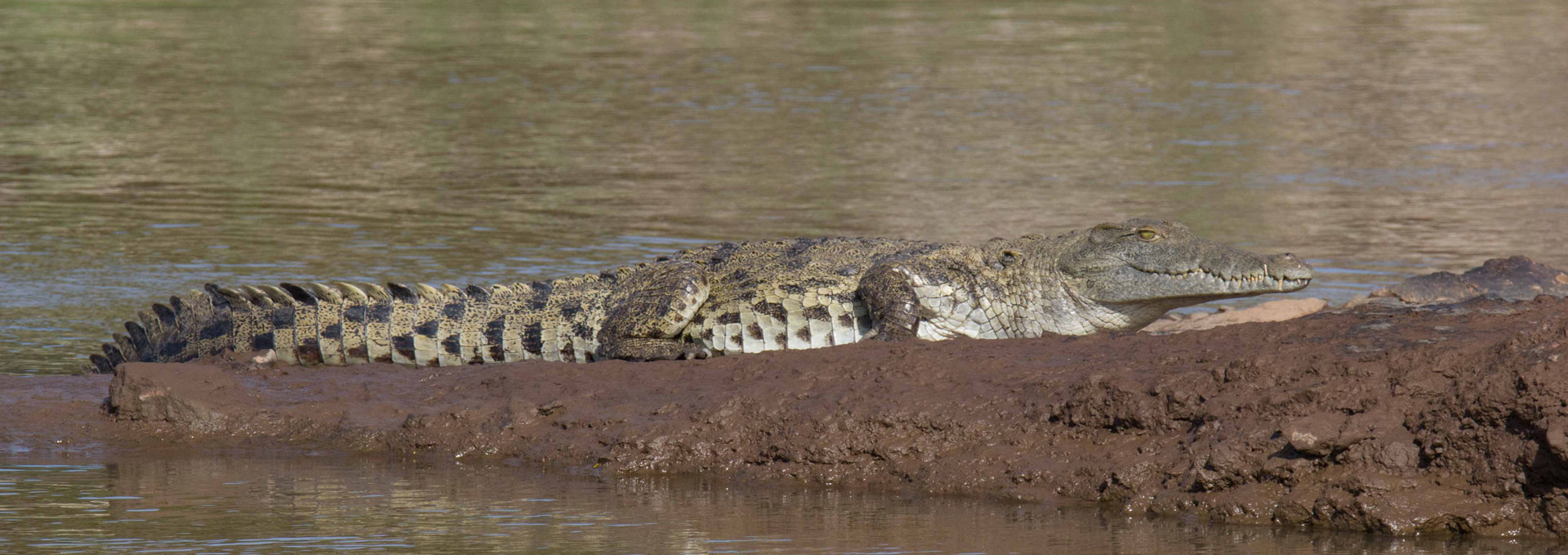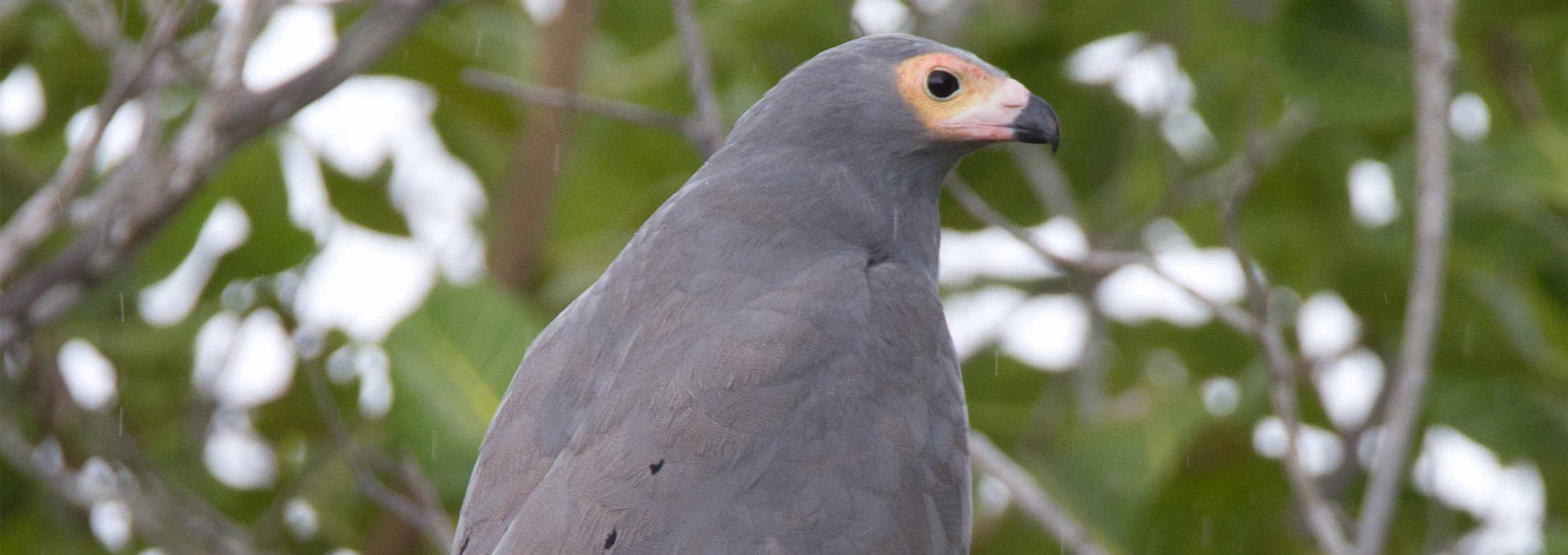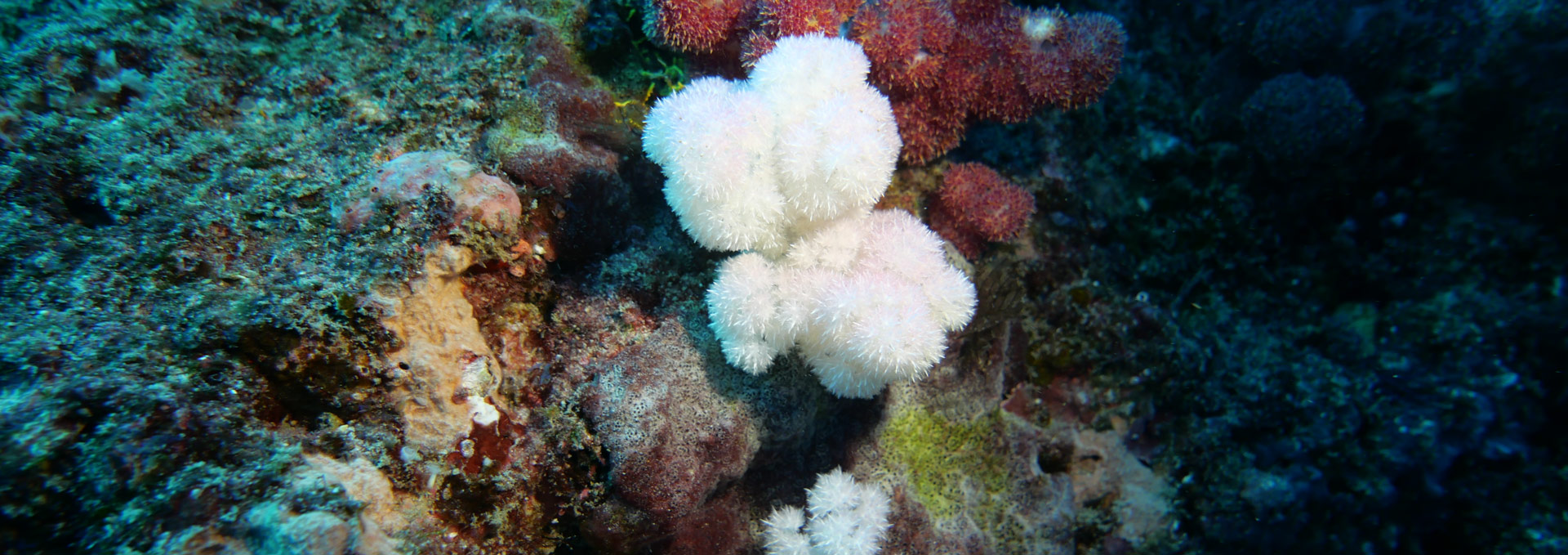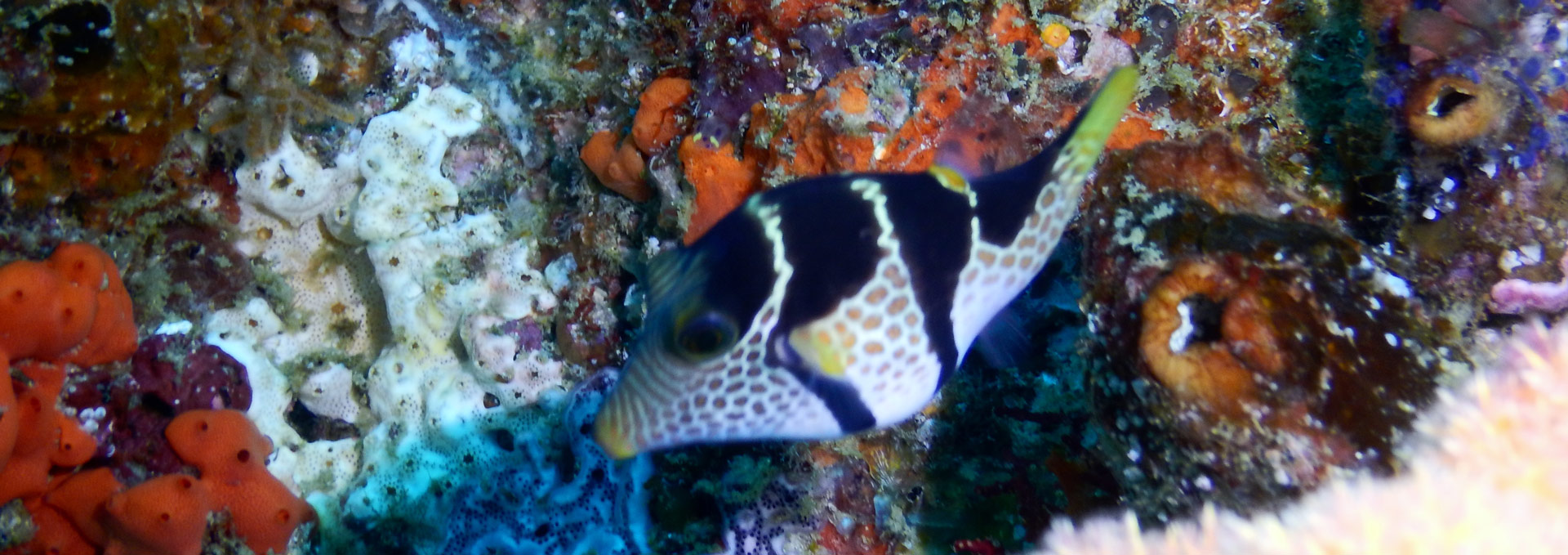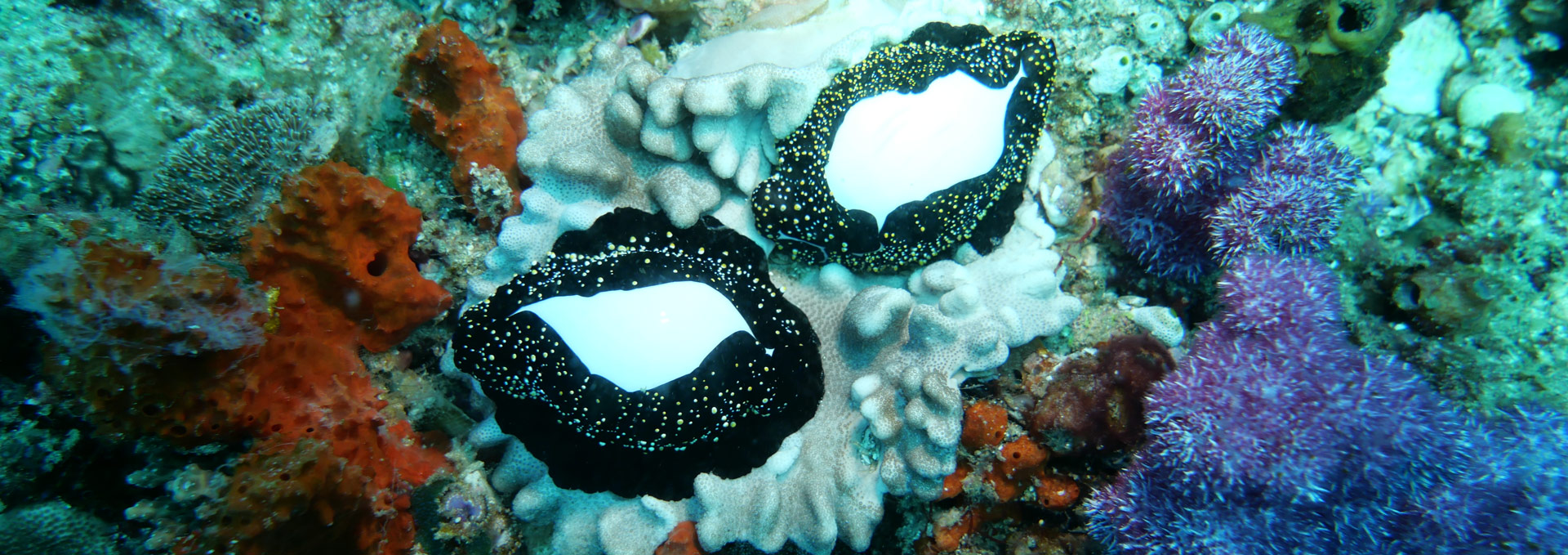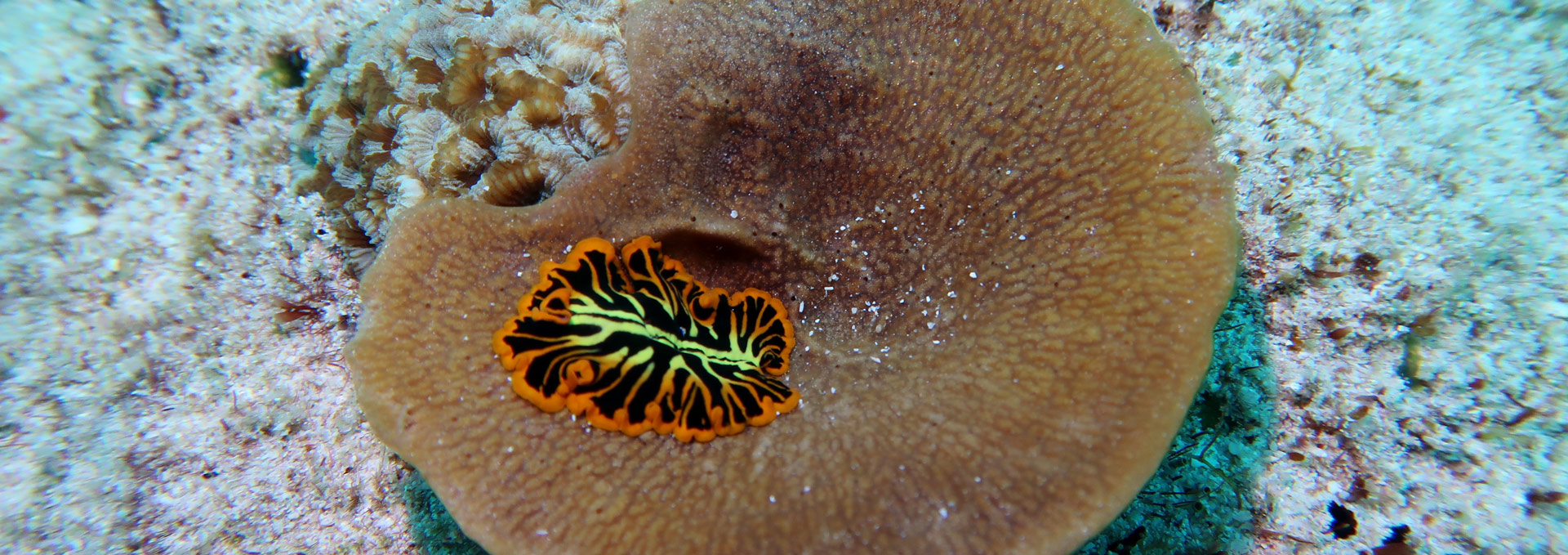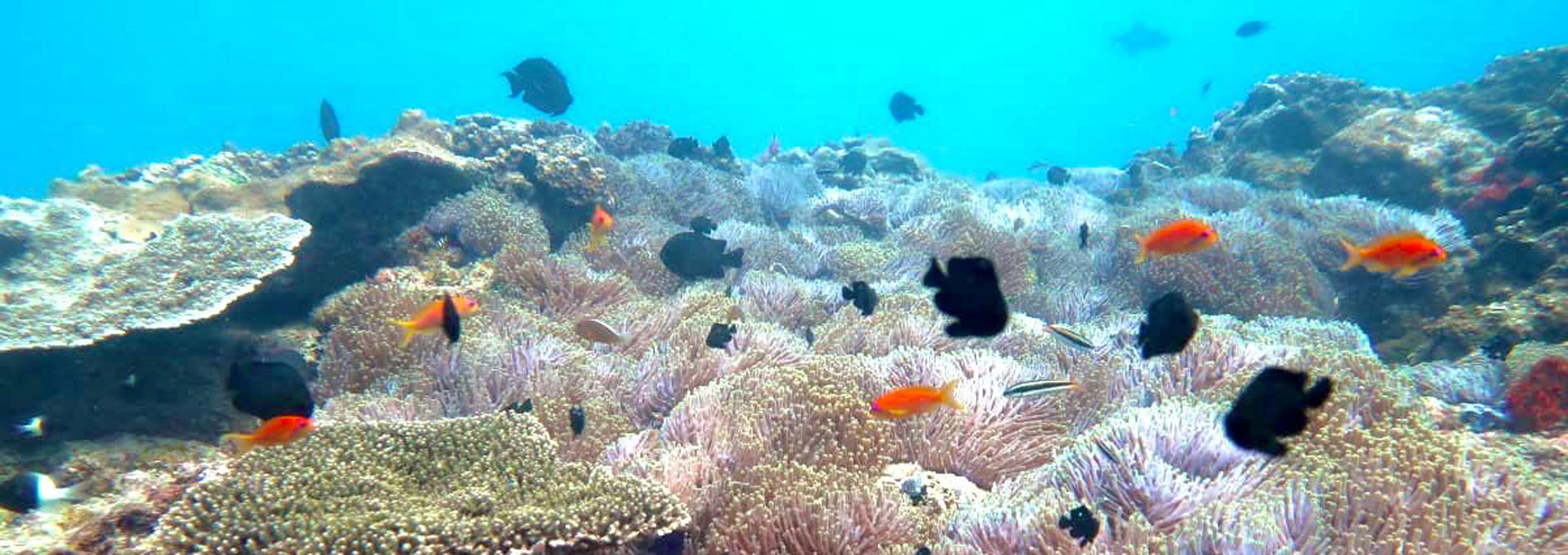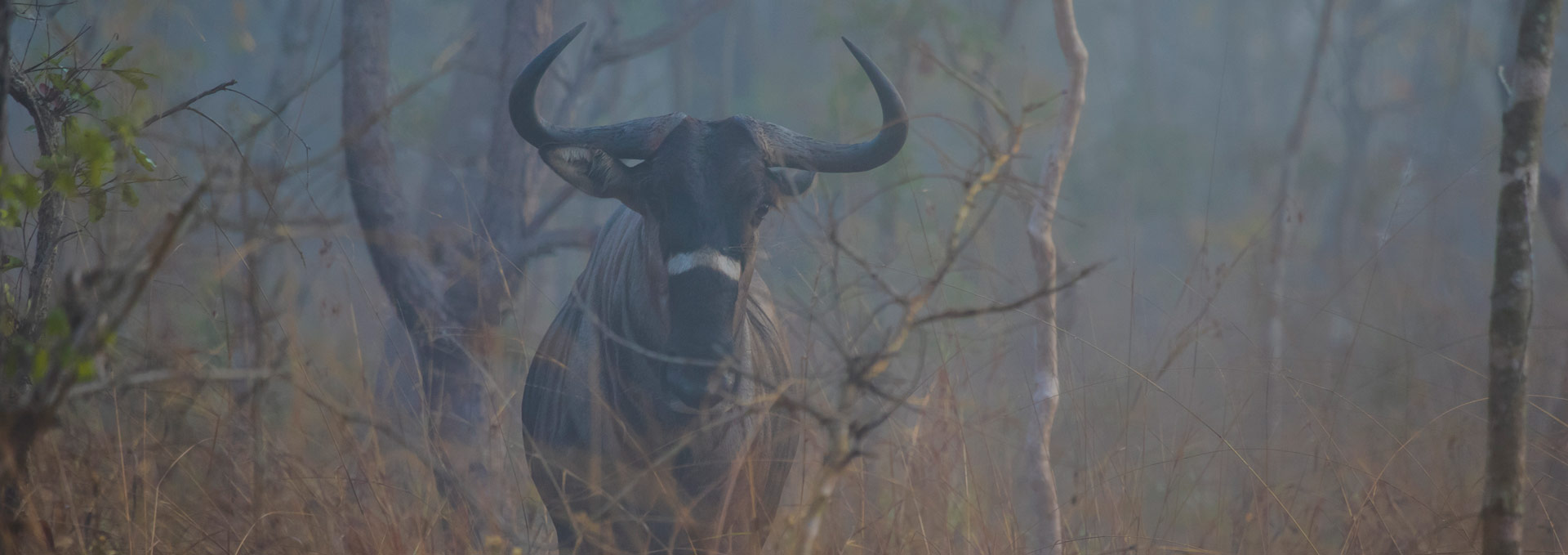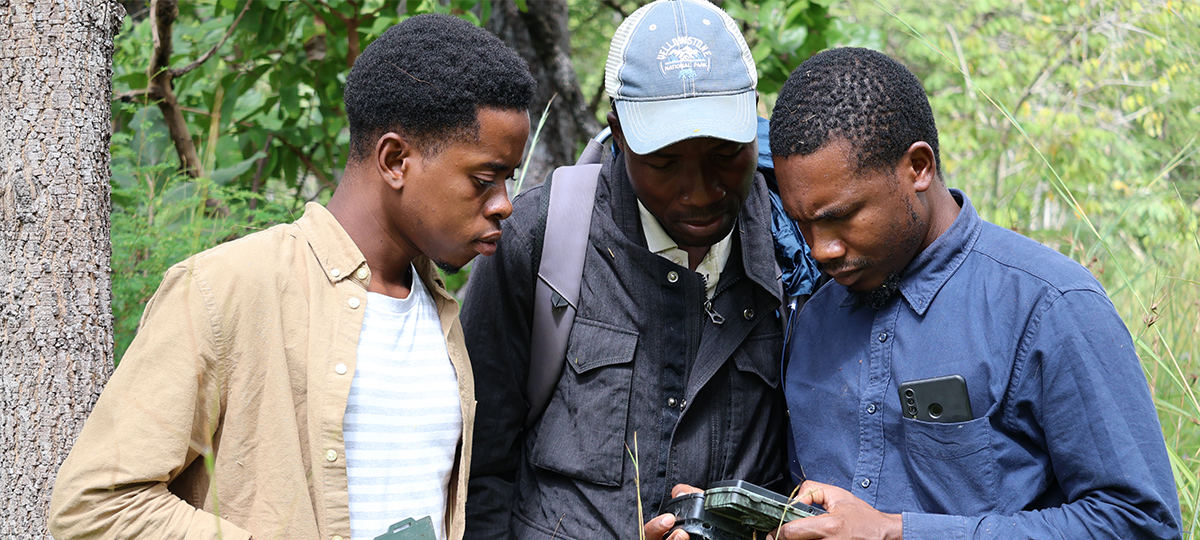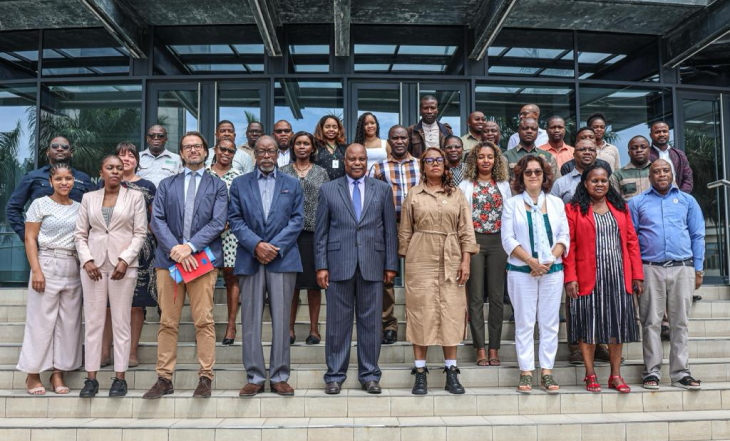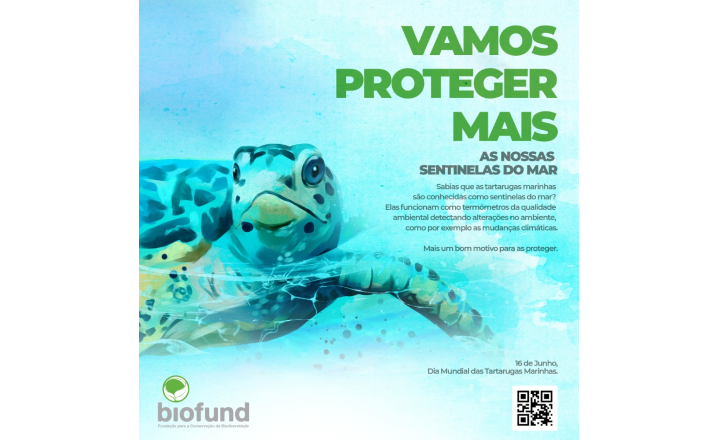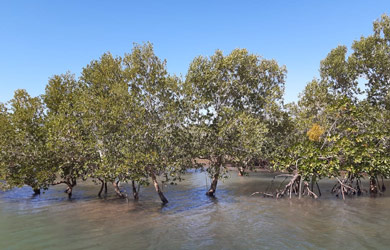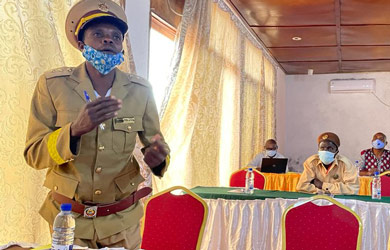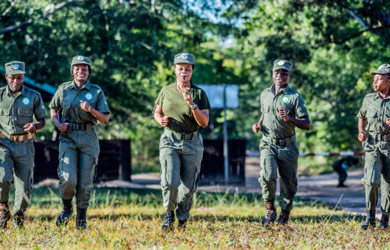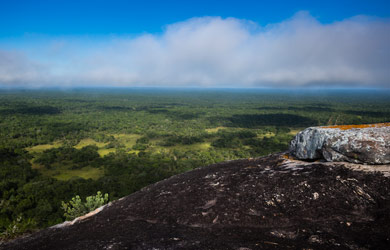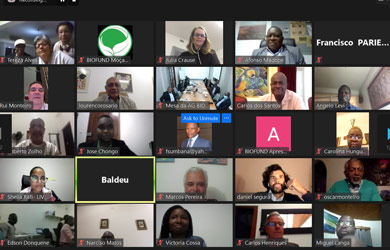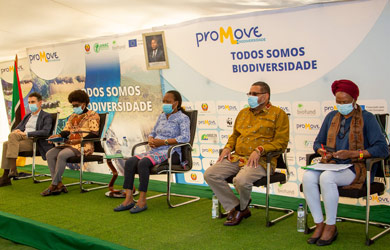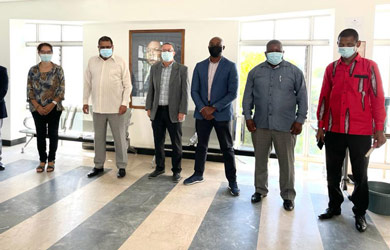
Updated at 22/04/2025
What is PROMOVE Biodiversity?
PROMOVE Biodiversity is part of an Integrated Rural Development Program “PROMOVE Global” of the European Union, which comprises six specific programs, namely, PROMOVE Biodiversity, PROMOVE Agribiz, PROMOVE Nutrition, PROMOVE Energy, PROMOVE Trade, and PROMOVE Transport, all focusing in the Zambezia and Nampula Provinces.
PROMOVE Biodiversity is a biodiversity conservation and community development program covering three conservation areas in the provinces of Nampula and Zambezia. The program also includes institutional support at the national level. The European Union funds this program through an agreement signed with the Government of Mozambique in 2018, amounting to 13 million Euros.
The implementation of this agreement is done through specific agreements between the EU and ANAC, and EU-BIOFUND-ANAC. The agreement with ANAC amounting to 2.2 million Euros aims to strengthen institutional capacity. BIOFUND signed a financing agreement in December 2019 of 10.2 million Euros, to be channeled to three target areas of the program, namely, the Primeiras and Segundas Environmental Protection Area (APAIPS), the Gilé National Park (PNAG), and Mount Mabu. Subsequently, an addendum was made to support the operational costs of conservation areas under public and private management as a response to the COVID-19 pandemic.
The implementation details of this program were identified and initially formulated in 2016 through an initial biodiversity study led by a team of researchers. The scoping included interviews with public authorities and civil society stakeholders and results from consultation seminars in the selected provinces (Zambezia and Nampula) and at the national level.
Objectives

The general objective of the program is to protect biodiversity and contribute to improving the livelihoods of rural communities through the sustainable management of natural resources in the target areas of Mozambique.

To implement sustainable initiatives and strategies to improve the management and administration capacity of the project’s intervention areas.

To adopt sustainable livelihood practices for local communities living inside and outside (buffer zone) the conservation areas.

To encourage and disseminate applied research and participatory studies related to natural resource management to influence sustainable use and policies.
Area of Operation
The project focuses on three target areas, in provinces of Nampula and Zambézia:
Primeiras and Segundas Islands Environmental Protection Area (APAIPS) - Read more
APAIPS is the first conservation area with the category of Environmental Protection Area (APA) in Mozambique. It was established in 2012 through the Ministerial Decree 42/2012 of December 12 and if part of the National System of Conservation Areas. APAIPS is the second largest marine conservation area in Africa, covering approximately 1,040,926 hectares.
The Primeiras and Segundas Archipelago consists of two groups of islands, with five islands each, located parallel to the coast of Mozambique. The group of islands in the South (Archipelago of Primeiras Islands) is in Zambezia province while the group of islands in the North (Archipelago of Segundas Islands) is located in Nampula province. This near-continuous archipelago is between the district of Pebane in Zambezia and Angoche in Nampula including the coastal line of Moma and Larde districts.
This environmental protection area includes the Indian Ocean in the East. The western border of Environmental Protection Area is within 10 km from the high tide line, resulting in a terrestrial area of approximately, 205.000 ha. APAIPS includes estuarine areas, mangroves, intertidal areas and rivers subject to tides from Sangage river to Moniga river. This area is equally categorized as a key biodiversity area, KBA. The area is rich in biodiversity, including significant populations of Icuria dunensis, an endemic and endangered (EN) tree species according to the IUCN Red List of threatened species. The area has two complexes of coral reefs, seagrass beds and green turtles.
BIOFUND offers permanent and long-term support, meeting the basic and minimum management costs of this environmental protection area since 2019, with its own funds, originating from a donation from Conservation International/Global Conservation Fund-GCF to the BIOFUND endowment. With support of the PROMOVE Biodiversity program, the aim is to create management and administration conditions and promote implementation of sustainable community based economic activities.
Gilé National Park (PNAG) – Read more
PNAG covers a total area of 453,200 ha of which 286,100 ha is the integral protected area and 167,100 ha are the buffer zone. PNAG is in the districts of Gilé and Pebane. It was initially established as a National Reserve on 23rd April 1932 having ascended to the category National Park in 2020. This area is under management of ANAC through a partnership agreement for technical and financial support signed in September 2018 with International Foundation for Wildlife Management (FFS-IGF). In October 2020, FFS-IGF signed an agreement with BIOFUND to implement PROMOVE Biodiversidade. PNAG is also beneficiary of APEM/Abelha project cofinanced by the French Development Agency (AFD) and BIOFUND endowment. From 2022, it became totally (and indefinitely) cofinanced by BIOFUND through the Post-Abelha project.
PNAG is important for the conservation of miombo forest alternated with vast areas of savanna. It has intact riverine vegetation functioning as a green lung for the Zambezia province.
The program PROMOVE Biodiversidade supports management and administration efforts and enhances community participation in conservation. For that, two agreements were signed, first with International Foundation for Wildlife Management (FFS-IGF) in October 2020 encompassing the support to management and the conservation of the park, and the second with the Network for Environment and Sustainable Development of Zambezia Province (RADEZA) in July 2021, for the implementation of the community development component in the buffer zone of PNAG.
Mount Mabu (MABU) – Read more
Mount Mabu is a granite massif reaching 1,700 m altitude, located in the Lugela district, north of Lugela river, Zambezia province. It is rich in biodiversity but not yet a legally recognized conservation area. Its richness became known through the Google Earth research conducted by Julian Bayless, hence often called Google Forest. Julian Bayliss, Camila De Sousa, Eric Hermann e Hassam Patel made the first visit to Mount Mabu in December 2005 and since then, a series of international and national scientific expeditions have registered and published information on endemic and new species (news species to science). Relative to vegetation, all studies in Mount Mabu show an extensive humid forest (between 5,500 and 7,900 ha), largely found between 1,000 and 1,400 m altitude. This type of medium altitude forest is increasingly rare in Southern Africa given the deforestation of the last 100 years due to timber harvesting and shifting cultivation. Mount Mabu is a key biodiversity area, a KBA activated for having 17 species under taxonomic groups of plants, butterflies, amphibians, reptiles and birds. From this, nine (9) species - Atheris mabuensis, Dipsadoboa montisilva, Lygodactylus mabu, Nadzikambia baylissi, Rhampholeon maspictus, Iolaus (Epamera) malaikae, Helixanthera schizocalyx, Pavetta gurueensis e Sclerochiton hirsutus – are endemic of Mabu. The PROMOVE Biodiversidade program aims to establish Mabu as a formal conservation area involving the local communities in its sustainable management while improving their livelihoods. To reach this objective, BIOFUND, ANAC and WWF (leader of the WWF-ReGeCom-RADEZA) signed an agreement in March 2021 to create the enabling conditions.
O projecto é gerido e monitorado pela BIOFUND e está a ser implementado por uma série de parceiros de implementação, identificados/acordados previamente (no caso do PNAG) ou selecionados por via de concursos públicos (como é o caso da APAIPS e do Monte Mabu), que têm subvenções com a BIOFUND. Estão também previstas subvenções para implementação de actividades de apoio ao desenvolvimento comunitário com as comunidades das zonas tampão e para pesquisa, nas 3 regiões de acção do projecto.
Program Implementation
PROMOVE Biodiversity aims to strengthen and consolidate the interventions in Gilé National Park (PNAG), particularly, in biodiversity conservation and community development, through improved capacity for management and administration as well as effective and efficient law enforcement inside the park and in its buffer zone. The grant to PNAG through FFS/IGF started in October 2020. The support for community development activities is being implemented by the Network of Environment and Sustainable Community Development of Zambezia (RADEZA) through an agreement signed in March 2021.
In the Primeiras and Segundas Environmental Protection Area, the project aims to create management and administrative conditions also by strengthening the capacity of the team responsible for management, administration and law enforcement. One of the expected results is the identification of a co-manager to ensure long-term technical and financial support.
The project has had a new implementing partner since June 2023, the consortium WWF-AENA-Kulima led by WWF. The agreement between BIOFUND, ANAC and this Consortium was signed after the dissolution of the previous consortium led by CTV involving Conserve Global and Terra Nautics. The WWF-AENA-Kulima consortium is working closely with the APAIPS Administration and local authorities, as well as with the private sector and local communities in establishing basic infrastructure and creating procedures to support operation of this important conservation area. In addition, a second agreement between BIOFUND and this consortium was also signed recently, within the scope of the MozNorte project, World Bank that brings additional support to APAIPS.
For Mount Mabu, the program seeks to formalize its conservation status and consolidate community participation in resource management and support their development. The experience obtained and lessons learned from governance, conservation and livelihoods development models will inform the replication and establishment of other conservation areas with direct involvement of local communities. The WWF-ReGeCom-RADEZA consortium, selected through a public tender, signed the implementation agreement in April 2021.
Mid-Term Evaluation of the Project
The mid-term evaluation of the PROMOVE Biodiversity programme assessed the relevance, coherence, effectiveness, efficiency, sustainability, added value, and impact of the programme on biodiversity conservation in Mozambique. The objective was to generate useful lessons and recommendations for the final phase of the intervention and for future initiatives, leveraging the programme’s pioneering role in the country.
The evaluation was conducted between October 2024 and January 2025. It adopted a collaborative and transparent methodology guided by the Theory of Change. A mixed-methods approach was used to support data collection and analysis, encompassing both quantitative methods (i.e., progress indicators to measure effectiveness) and qualitative methods. The evaluation was managed by the Delegation of the European Union (EU) in Mozambique and overseen by a reference group composed of members from the EU Delegation, ANAC, BIOFUND, and GON.
Key documents:
Research in Beneficiary Areas
The program includes a component of Applied Research and Participatory Studies for all areas of implementation of PROMOVE Biodiversidade. The results aim to inform decision-making on natural resource management and livelihoods of communities living in and around the target conservation areas. BIOFUND is responsible for implementation of this component. The research topics are identified in collaboration with implementing partners, the Administrators of the Conservation Areas following ANAC’s research guidelines. The research institutions are selected through public tenders (see details in announcements page).
At PNAG there are 3 ongoing research initiatives led by the following institutions:
- Eduardo Mondlane University (UEM) – Study on effect of fire on the miombo ecosystem of Gilé National Park.
- Catholic University of Mozambique (UCM) – Study of the relationship between the population in the buffer zone and Gilé National Park: use of natural resources and some demographic projections and,
- Lúrio University (UniLúrio) – Large mammals of PNAG: state of conservation and impact of reintroduction in the ecological restoration.
At Monte Mabu:
- National Institute of Irrigation and the Faculty of Agronomy and Forestry Engineering of UEM (INIR-FAEF) – Study of Mount Mabu hydrological potential.
At APAIPS
Research themes are being identified in coordination with local partners such as the WWF-led consortium, APAIPS Administration and members of the APAIPS Management Council (CGAPAIPS). Meeting from December 7 to 8, 2023 on the Island of Mozambique, the CGAPAIPS made the following recommendations for research in the area:
- analysis of the impact of mining on marine and coastal resources;
- study of the dynamics of fishery resources in priority fishing areas to determine the closing season and estimate the sustainable effort;
- monitoring of coral reefs and mangroves, continuing the surveys previously funded by BAF (blue action fund) under the APAIPS Conserve project.
The results achieved from the ongoing research are being disseminated through the sharing of progress with the Administration and stakeholders from the beneficiary areas, in the National Supervisory Committee (CNS) of PROMOVE Biodiversity and participation in scientific events at national and international level with oral presentation and posters.
Expected Results of the Program
Gilé National Park (PNAG)
Strengthen and support effective park management and promote community development activities.
APAIPS
Create effective management and administration conditions through the identification of a co-manager for long-term support.
Mount Mabu
Formalize its conservation status and promote community-based natural resource management.
National Supervisory Committee (CNS) of PROMOVE Biodiversity
The CNS was established in 2021 to provide strategic guidance, ensuring alignment with national policies and international commitments. It advises and monitors implementers and beneficiaries ensuring the achievement of the desired program results. The committee is chaired by the Director of the National Authorizing Office (GON) and it includes the following members:
Members of the National Oversight Committee
- Mário Ngwenya
Director of the National Authorizing Office (GON) and Chair of CNS
- Pejul Calenga
Director General of the National Administration of Conservation Areas (ANAC)
- Luís Bernardo Honwana
Executive Director of BIOFUND
- Aude Guignard
Environment and Climate Change Officer at the European Union
- Shaimin Vieira
Resilience and Climate change Officer at the European Union
- Guilhermina Amurane
Director, National Environment Directorate (DINAB), Ministry of Land and Environment (MTA)
- Isabel Mazive
Representative of the National Fund for Sustainable Development (FNDS)
- Thomas Prin
Project Manager of PNAG (FFS-IGF)
- Daniel Pereira Maula
Executive Director of the Network for Environment and Sustainable Community Development of Zambezia (RADEZA)
- António Serra
Coordinator of Project Support to Conservation of Biodiversity and Community Development of the Mount Mabu, leader of the consortium WWF-ReGeCom-RADEZA
- Gancilei Soca
Manager of the Project Promoting Biodiversity at APAIPS, leader of the consortium WWF-AENA-Kulima
Announcements and Tenders
No announcements
News
Relevant Documents
- Relatório do evento de lançamento do Projecto PROMOVE Biodiversidade
- 1ª Edição do Boletim informativo do Projecto PROMOVE Biodiversidade
- 2ª Edição do Boletim informativo do Projecto PROMOVE Biodiversidade
- 3ª Edição do Boletim informativo do Projecto PROMOVE Biodiversidade
- 4ª Edição do Boletim informativo do Projecto PROMOVE Biodiversidade
- 5ª Edição do Boletim informativo do Projecto PROMOVE Biodiversidade
- 6ª Edição do Boletim informativo do Projecto PROMOVE Biodiversidade
- 7ª Edição do Boletim informativo do Projecto PROMOVE Biodiversidade
Partners
Implementer

Partner

Donor

Implementation Partners
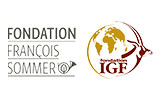
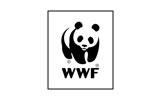

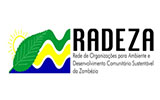
Promove Biodiversidade
Mount Mabú: A Forest of Butterflies
Mount Mabu Expedition

